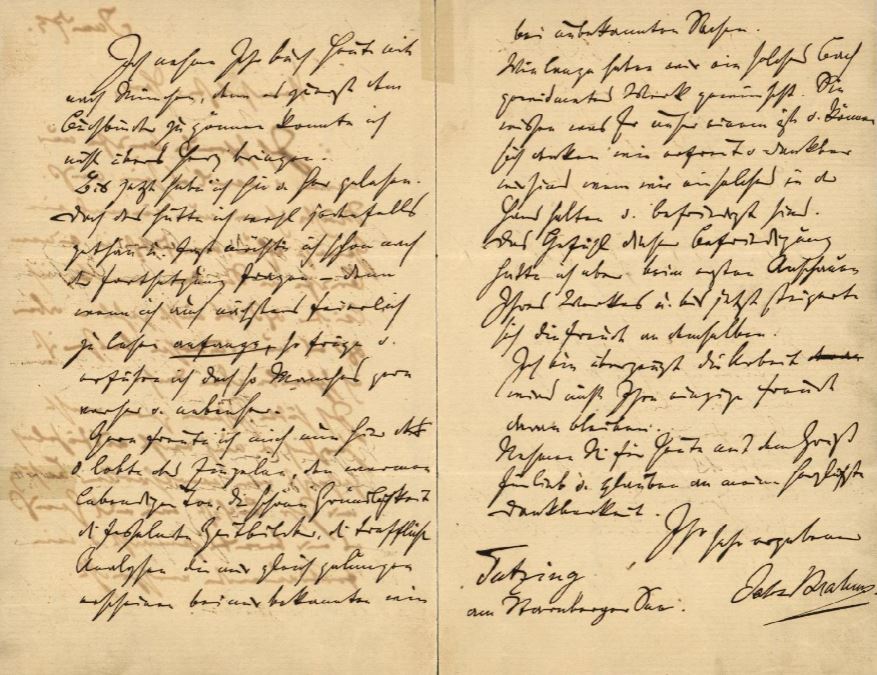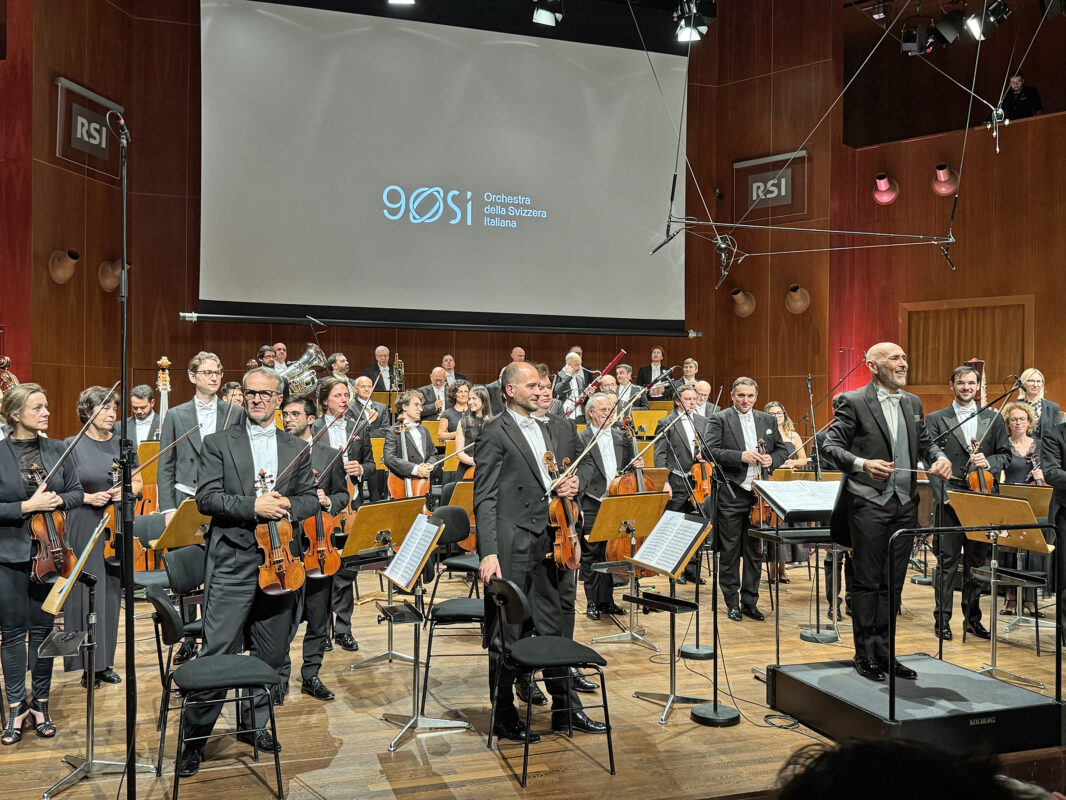Language shapes tactile perception, music does not
According to a research team at the Free University of Berlin, linguistic stimuli can improve tactile perception, whereas music cannot.

In the experiment, participants learned to assign fine touch patterns similar to Braille dots to certain sound sequences. One group of patterns was associated with speech-like pseudo-words (for example "fromp" or "schpepf"), the other with musical tone sequences. After several training sessions, it was found that only those touch patterns that were associated with speech-like sounds could subsequently be better distinguished by touch alone. This is seen as a clear indication that linguistic signals directly shape sensory perception.
The research team sees this as an important contribution to understanding the close links between language, cognition and sensory perception. The findings illustrate how language shapes perception and helps people to recognize more subtle differences than would otherwise be possible. The study Language - but not music - shapes tactile perception was carried out in cooperation with the Cluster of Excellence "Science of Intelligence" and is funded by the German Research Foundation (DFG).
Original article: https://doi.org/10.1017/langcog.2025.10006








